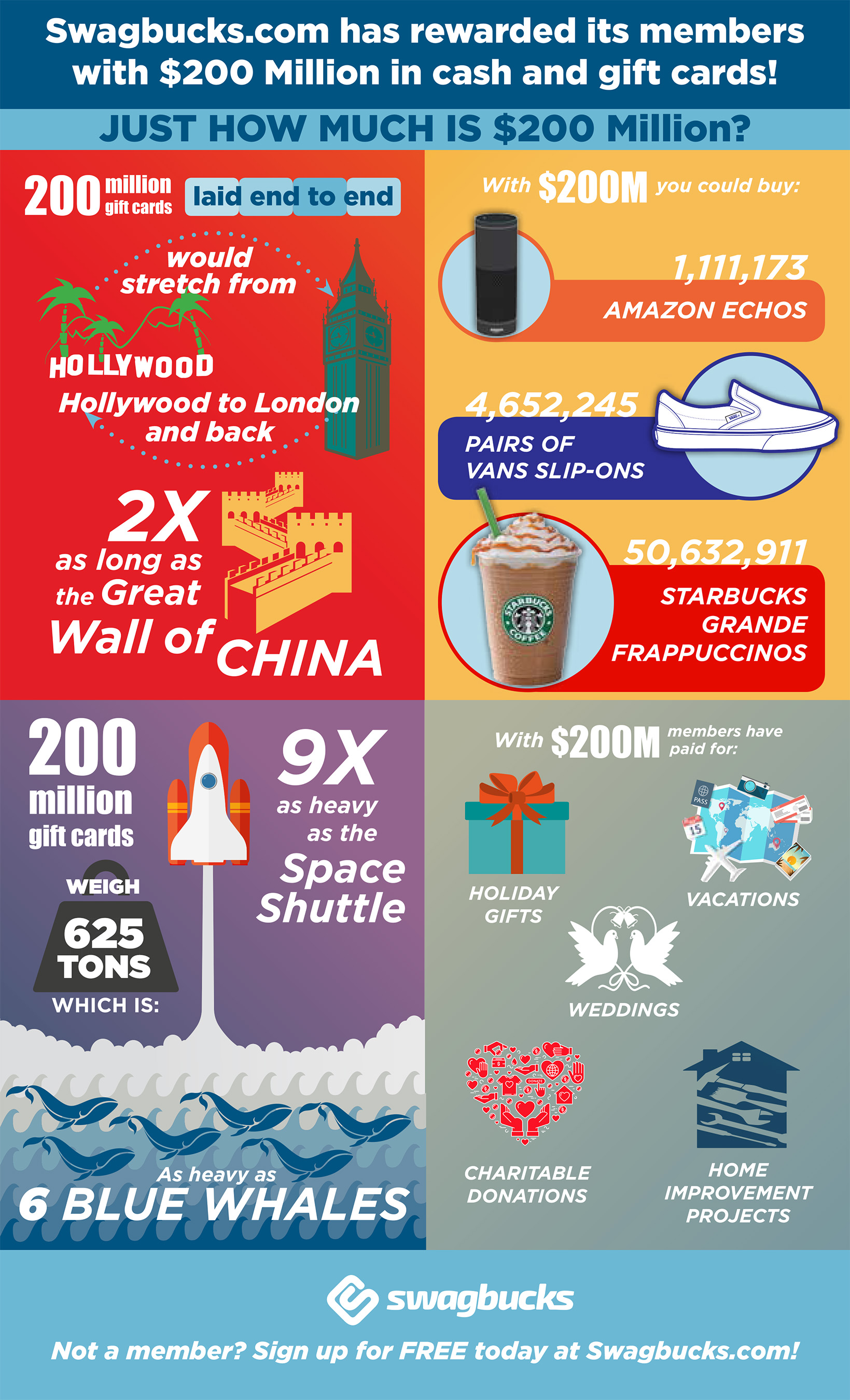Famous Historical Glass Engravers You Ought To Know
Glass engravers have been very knowledgeable craftsmen and artists for countless years. The 1700s were particularly remarkable for their accomplishments and appeal.
For instance, this lead glass goblet shows how engraving incorporated layout patterns like Chinese-style themes into European glass. It additionally highlights exactly how the skill of a good engraver can generate imaginary depth and visual appearance.
Dominik Biemann
In the initial quarter of the 19th century the standard refinery region of north Bohemia was the only place where ignorant mythical and allegorical scenes engraved on glass were still in fashion. The cup visualized here was etched by Dominik Biemann, that focused on small pictures on glass and is considered one of the most vital engravers of his time.
He was the kid of a glassworker in Nové Svet and the brother of Franz Pohl, another leading engraver of the duration. His work is characterised by a play of light and shadows, which is specifically obvious on this goblet displaying the etching of stags in timberland. He was likewise known for his work with porcelain. He passed away in 1857. The MAK Museum in Vienna is home to a huge collection of his jobs.
August Bohm
A noteworthy Nurnberg engraver of the late 17th century, Bohm worked with special and a sense of calligraphy. He inscribed minute landscapes and engravings with bold official scrollwork. His work is a precursor to the neo-renaissance design that was to dominate Bohemian and various other European glass in the 1880s and past.
Bohm embraced a sculptural sensation in both relief and intaglio inscription. He displayed his mastery of the last in the finely crosshatched chiaroscuro (shadowing) impacts in this footed goblet and cut cover, which shows Alexander the Great at the Battle of Granicus River (334 BC) after a paint by Charles Le Brun. In spite of his considerable ability, he never attained the fame and fortune he looked for. He died in scantiness. His spouse was Theresia Dittrich.
Carl Gunther
Regardless of his steadfast work, Carl Gunther was a relaxed man that delighted in spending quality time with family and friends. He enjoyed his everyday ritual of checking out the Collinsville Senior Facility to enjoy lunch with his pals, and these moments of sociability offered him with a much required respite from his requiring occupation.
The 1830s saw something quite amazing happen to glass-- it ended up being colorful. Engravers from Meistersdorf and Steinschonau produced richly coloured glass, a taste called Biedermeier, to satisfy the need of Europe's country-house classes.
The Flammarion inscription has ended up being a symbol of this new preference and has shown up in books dedicated to science in addition to those discovering mysticism. It is additionally found in many museum collections. It is thought to be the only enduring example of its kind.
Maurice Marinot
Maurice Marinot (1882-1960) began his career as a fauvist painter, however came to be captivated with glassmaking in 1911 when seeing the Viard brothers' glassworks in Bar-sur-Seine. They provided him a bench and taught him enamelling and glass blowing, which he grasped with supreme ability. He developed his own strategies, using gold streaks and manipulating the bubbles and other all-natural imperfections of the material.
His technique was to deal with the glass as a living thing and he was among the initial 20th century glassworkers to use weight, mass, and the aesthetic result of natural defects as visual elements in his works. The exhibit shows the significant effect that Marinot carried modern glass production. Regrettably, the Allied battle of Troyes in 1944 destroyed his workshop and hundreds of drawings and paintings.
Edward Michel
In the very early 1800s Joshua presented a style that imitated the Venetian glass of the duration. He made use of a technique called diamond point inscription, which personalization vs mass-produced entails scratching lines into the surface area of the glass with a tough metal execute.
He additionally created the first threading device. This creation permitted the application of long, spirally wound trails of color (called gilding) on the text of the glass, a crucial feature of the glass in the Venetian style.
The late 19th century brought new style concepts to the table. Frederick Kny and William Fritsche both operated at Thomas Webb & Sons, a British company that specialized in premium quality crystal glass and speciality coloured glass. Their job mirrored a preference for classic or mythical topics.

Comments on “How To Create A Custom Glass Wedding Time Capsule”